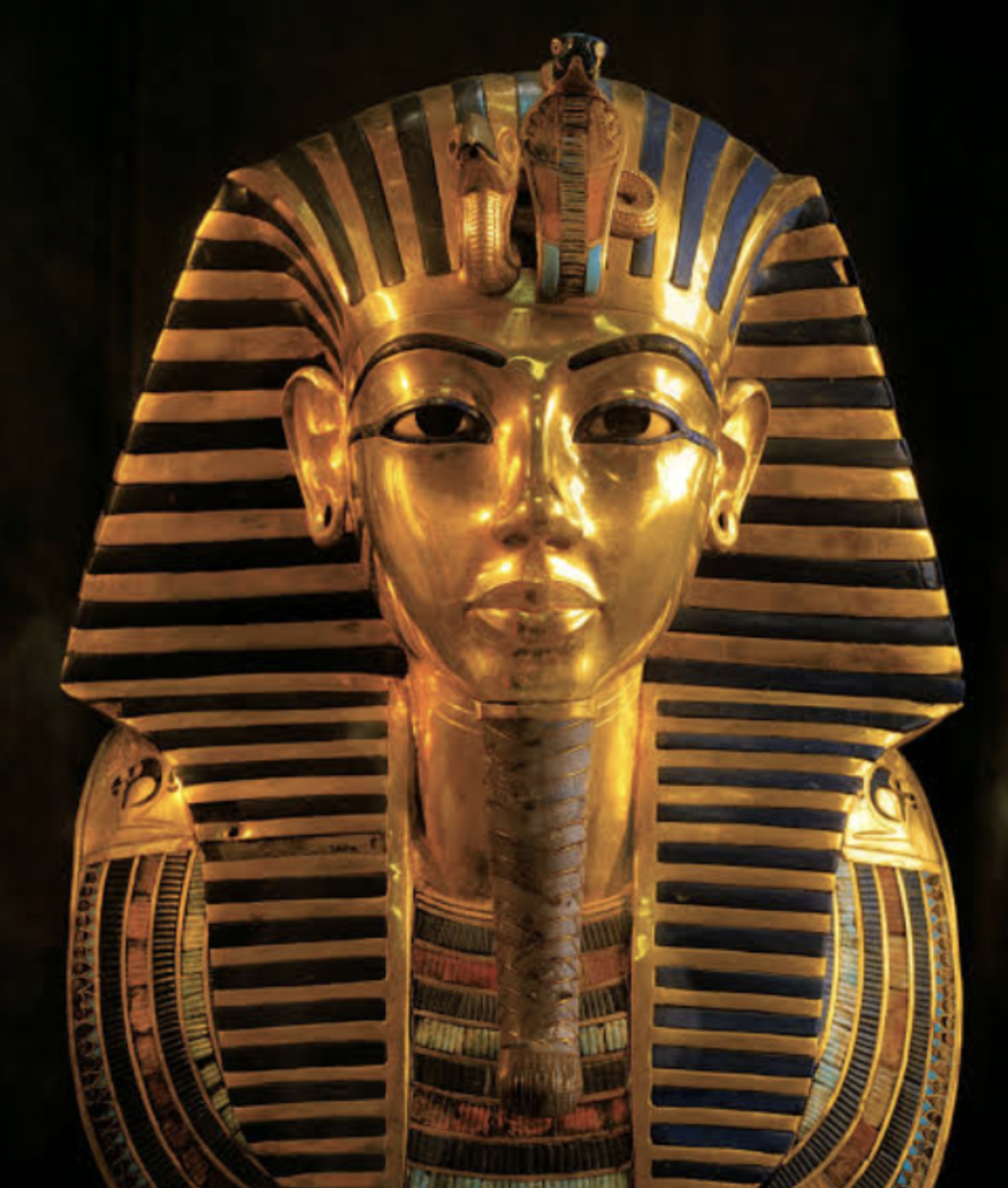In the year 1324 B.C, the young, nineteen-year-old Pharaoh of Egypt, Tutenkhamun, died suddenly. You may be asking, why do we care so much about this Pharaoh? Shouldn’t we care more about the more important ones, like King Menes, who united Upper and Lower Egypt? But it is not what the Pharaoh did that makes us care about King Tutenkhamun, or King Tut, but how he died. How King Menes’ died, we agree on, as most historians and archeologists say that he died due to an infected insect sting. However, historians and archeologists disagree on how King Tut died.
King Tut was born in 1341 B.C. to the Pharaoh Akhenaten, who was notable for trying to replace all of the old Egyptian gods with one god. When Tut was nine, his father passed away, leaving the throne to him, and Tut ruled Egypt with help from his advisors. However, one day, he suddenly died.
About 2,000 years later, in 1922, British archeologist Howard Carter discovered Tut’s tomb, uncovering the entrance a couple months later. Peering through a crack, he was shocked at how much treasure was buried with Tut, yet, the true treasure would lie ahead as on November 26th, Carter found Tut’s sarcophagus. After excavations, anyone would have the same question. Who was this king? When was he born? When did he die? What did he do? How did he die? Four of the five above questions were answered, except the most perplexing, “How did he die?”
Initially, the excavators looked at his bones. Upon investigating the skull, they noticed that there was a small bone fragment on the inside of his skull. As a result, some historians believed that his cause of death was a blow to the back of the head. However, further inspection proved this implausible, as archeologists argued that this small fragment could have been lodged there during mummification or during excavation, so most historians and archeologists dismissed this theory.
About a century later, in 2010, improved technology allowed scientists to get a better idea of how King Tut died. Scientists performed a “virtual autopsy,” which allowed them to create a virtual image of what King Tut would have looked like. Some scientists said that he probably had a broken kneecap, which would have caused an infection which allowed malaria to get into his body. The boy’s foot was also severely deformed and curved inward, which made walking difficult, explaining the thousands of canes in his tomb, which were initially thought to be a symbol of power. Further inspection suggested that he had Kohler disease, which is a rare bone disease which causes abnormal bone growth in the feet of children, causing them to be unable to walk properly and also causes the foot to swell.
To this day, we only have a couple of theories for the reason for King Tut’s death. However, we hope that with the progression of technology in the future, scientists can finally figure out the truth behind this young king’s death.

















![Teacher [Milk] Tea: Part 2](https://bisvquill.com/wp-content/uploads/2024/03/Screen-Shot-2024-03-19-at-9.28.48-PM.png)



































